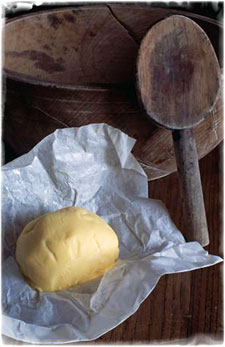First:
[b said:
Quote[/b] ]1 lb of fat takes up about 23.5% more space than a lb of muscle.
I think that's correct.
Second:
[b said:
Quote[/b] ]...muscle is 22% heavier than fat...Fat is 1/4 heavier than muscle, not 4 times.
Huh? Let's take a currency example: $1.22 is 22% more than $1.00. $1 is
18% less than (not 22% and certainly not a quarter of) $1.22.
Third:
Anecdotally, I can stand to lose, oh, about, 7-8 pounds around my midsection, which is
in no way (thank goodness!) near to
<span style='color:red'>28-32</span> of those red bricks.
Fourth:
But why listen to anecdotes? (Heck, now I'm curious, too.) Let's do the math, shall we?
According to this site
Standard and modular brick dimensions a standard brick is:
3 5/8" x 2 ¼" x 8" or 65.25 in³
Now
65.25 in³ = ~1069.3 cm³
(Conversions courtesy of
this site.)
According to the site given by
Lars, "The density of fat is about 0.9g/cm³, whereas the density of lean tissue is 1.1g/cm³."
A pound of fat is roughly 453 g. If there are 0.9g/cm³, then a pound of fat would be a little more than 503 cm³.
If a brick is 1069.3 cm³ and, as we just said, a pound of fat is a little more than 503 cm³, then
<span style='color:ff4000'>a pound of fat is a little less than the size of</span> <span style='color:red'>half a brick</span>—about 47% the size of a standard brick. (Whew!)
[Math police: Check my calculations.]

